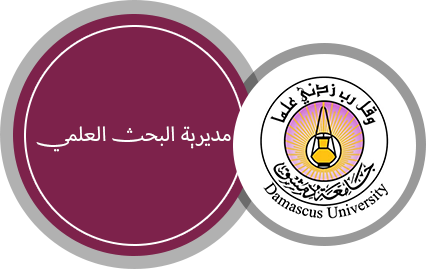| Title |
Analysis and best parameters selection for person recognition based on gait model using CNN algorithm and image augmentation |
| Authors |
Saleh, A.M., Damascus University, Damascus, Syrian Arab Republic, Syrian Private University, Damascus, Syrian Arab Republic; Hamoud, T., Damascus University, Damascus, Syrian Arab Republic |
| Source title |
Journal of Big Data |
| ISSN |
21961115 |
| Q |
|
| Link |
https://www.scopus.com/inward/record.uri?eid=2-s2.0-85098649651&doi=10.1186%2fs40537-020-00387-6&partnerID=40&md5=a7c6a1654b2a32a178a8f840f3e4237d |
| Abstract |
Person Recognition based on Gait Model (PRGM) and motion features is are indeed a challenging and novel task due to their usages and to the critical issues of human pose variation, human body occlusion, camera view variation, etc. In this project, a deep convolution neural network (CNN) was modified and adapted for person recognition with Image Augmentation (IA) technique depending on gait features. Adaptation aims to get best values for CNN parameters to get best CNN model. In Addition to the CNN parameters Adaptation, the design of CNN model itself was adapted to get best model structure; Adaptation in the design was affected the type, the number of layers in CNN and normalization between them. After choosing best parameters and best design, Image augmentation was used to increase the size of train dataset with many copies of the image to boost the number of different images that will be used to train Deep learning algorithms. The tests were achieved using known dataset (Market dataset). The dataset contains sequential pictures of people in different gait status. The image in CNN model as matrix is extracted to many images or matrices by the convolution, so dataset size may be bigger by hundred times to make the problem a big data issue. In this project, results show that adaptation has improved the accuracy of person recognition using gait model comparing to model without adaptation. In addition, dataset contains images of person carrying things. IA technique improved the model to be robust to some variations such as image dimensions (quality and resolution), rotations and carried things by persons. Results for 200 persons recognition, validation accuracy was about 82% without IA and 96.23 with IA. For 800 persons recognition, validation accuracy was 93.62% without IA. |
|





